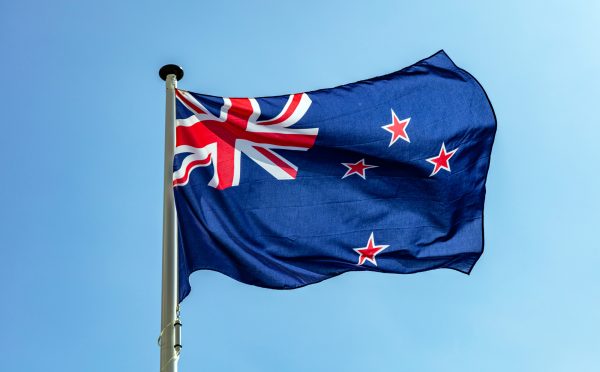As mandated by law, in January 2024 the Philippine Health Insurance Corporation (PhilHealth), which provides universal health insurance coverage to all Filipinos, began implementing a premium increase. Contributions are set to hit 5 percent of income on those making between 10,000 Philippine pesos ($178) and 100,000 pesos ($1,780) per month. Almost immediately, Health Secretary Ted Herbosa requested this action be reviewed by the executive branch, which President Ferdinand Marcos Jr. is now doing. It seems likely the premium increase will be postponed or suspended.
PhilHealth in its current form is a product of a 2019 universal healthcare law passed during the Duterte presidency. It is a state-run insurance fund, and after the passage of the law all Filipino citizens were automatically enrolled. Annual premium increases were built into the text of the law, which states that by 2024 eligible direct contributors should be paying 5 percent of their income in premiums.
This was probably done to ensure that the fund could meet its financial obligations as it expanded and improved coverage. But with inflation on the rise, a scheduled premium increase was already suspended in 2023 and it now seems likely the final hike will be rolled back as well. That may not be a bad idea.
PhilHealth has been around and providing health insurance for a long time. Back in 2013, an annual statistical report claimed PhilHealth had just under 77 million covered beneficiaries, an estimated 79 percent of the country’s total population at that time. The 2019 law ensured that coverage was automatically extended to everyone, while improving benefits as well as administrative procedures. By 2022, PhilHealth was covering 104 million people.
The basic idea is that PhilHealth expanded coverage and then started charging higher premiums to pay for better benefits for more people. About 37 percent of beneficiaries, mainly the elderly and those with very low incomes, have their premiums subsidized by the government. The premium payment in 2019 was set at 2.75 percent of income, and was supposed to increase incrementally every year until reaching 5 percent in 2024. Now that appears to be on hold.
And if we look at PhilHealth’s financial statements, it seems to be doing quite alright. Premium payments rose from 134 billion pesos in 2018 to 217 billion pesos in 2022, an increase of 62 percent. Obviously, you would expect that when the law includes mandatory premium hikes. But it’s not just revenue that is up. PhilHealth is posting big profits, with 2022 net income of 76 billion pesos. By comparison, net income in 2018 was 21 billion pesos.
These earnings are being reinvested every year, which has caused the asset side of PhilHealth’s balance sheet to balloon since the law was passed in 2019. PhilHealth’s total assets were recorded at 451 billion pesos in 2022, which included 126 billion pesos in time deposits and 281 billion pesos in investment securities, mostly government bonds. In 2018, total assets stood at just 177 billion pesos.
This is what you expect to see from an insurance company. Premiums are paid in, claims are paid out, and the surplus is invested in safe interest-earning assets like bonds and bank deposits. An insurance company like PhilHealth, which is covering every person in the country, needs to keep a lot of assets on the balance sheet because they don’t pay out all their claims at once, but rather expect to pay out claims gradually over the entire lifetime of every insured beneficiary.
One interesting question this raises, however, is whether PhilHealth is too profitable. State-run insurance funds should be fiscally solvent and sustainable, but the goal should not necessarily be to extract large profits from beneficiaries. So how much is too much profit? That is a question best left to the philosophers, but what we can say is that PhilHealth is clearing well over $1 billion a year in operating cash flow, and that is before the latest premium increase has even kicked in.
This is not unusual in the Philippines where public services, like municipal water or electricity, often have high levels of access but also hit consumers with high prices. Given that inflationary pressure remains a major concern in the Philippines, and that PhilHealth’s finances are solid and the fund is not in imminent need of more income, suspending the latest premium increase seems like a pretty easy decision for the government.




















Discussion about this post